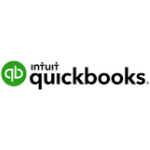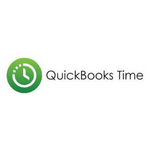Measuring the health of your business with ratio measures
Taking stock of the health of your business allows for more effective planning, early warning about issues, and a better course for success. We can help assess your business health, to set you on the right track.
When you’re running a business, it’s easy to get caught up in the day-to-day activity and lose sight of the big picture. Taking stock of the health of your business is important. Knowing where you are allows for more effective planning, early warning about any issues, and the chance to better chart a course for success.
There are some quick ratios that will help you to gauge the health of your business. We can help you to assess your business health and show you how to calculate these vital checks.
Liquidity Ratios:
Liquidity ratios are about how quickly you can turn your business assets into cash - which helps you assess whether you’ll be able to pay the bills if cashflow gets tight.
High ratios are better, as this means you’ve got more assets than liabilities.
Current ratio
Current ratio = Total current assets / Total current liabilities
As a general guideline, 2:1 is a good current ratio, but this does depend on the kind of industry you’re in, and the nature of the assets and liabilities.
Quick ratio
Quick ratio = (Current assets – stock on hand) / Current liabilities
This measure excludes your existing stock, which you may not be able to quickly turn into cash, and is seen as a more realistic quick snapshot of your position.
Solvency ratios:
Solvency ratios look at sources other than cash flow to see whether your business will be able to settle debts.
Leverage ratio
Leverage ratio = Total liabilities / Equity
This is a measure of whether your business is reliant on debt financing or equity to fund your assets. A higher ratio can make it harder to borrow money.
Debt to assets
Debt to assets = Total liabilities / Total assets
This tells you what percentage of assets is being financed by liabilities.
Profitability ratios:
Profitability ratios will let you know how efficient your business operations are. Where possible, it’s good to measure your business against others in your industry.
Gross margin ratio
Gross margin ratio = Gross profit / Total sales
This ratio tells you whether you can cover the necessary business overheads from your sales.
Net margin ratio
Net margin ratio = Net profit / Total sales
This measure tells you the percentage of sales dollars left after you’ve settled your expenses, except for your income taxes.
Checking in on your business health is a great habit to get into. Using these ratios helps you to understand your current business health and allows you to plan. Talk to us about how to calculate the factors in these ratios in order to keep your business on the right track.















